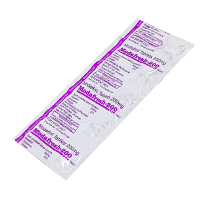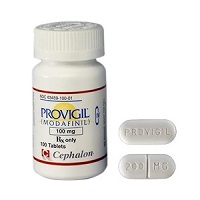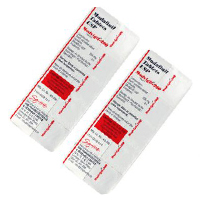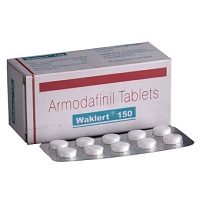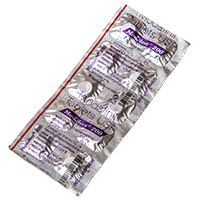Modafinil in sports - a new frontier?

Modafinil is a wakefulness-promoting drug that has been used to treat sleep disorders such as narcolepsy and shift work sleep disorder. However, in recent years, it has gained popularity as a potential performance-enhancing drug (PED) among athletes.
The use of PEDs is a controversial topic in sports, with many athletes and sports organizations advocating against their use due to their potential health risks and the unfair advantage they provide to those who use them. So, the question arises: is modafinil a PED?
Firstly, it's important to understand how modafinil works in the brain. Modafinil is a eugeroic agent, which means it promotes wakefulness and alertness by stimulating the central nervous system. It works by increasing levels of several neurotransmitters in the brain, including dopamine, norepinephrine, and histamine, which are involved in regulating wakefulness, mood, and cognitive function.
As a result, modafinil has been shown to improve cognitive performance, including attention, memory, and executive function, and may also improve reaction time and decision-making abilities. These effects have led some athletes to use modafinil to enhance their performance on the field or court.
In fact, some studies have found that modafinil can improve physical performance as well. For example, a study published in the journal Psychopharmacology found that modafinil improved sprint times and endurance in healthy adults. Another study found that modafinil improved performance on a simulated soccer game in professional soccer players.
However, it's important to note that the effects of modafinil on physical performance may vary depending on the sport and individual factors such as age, sex, and fitness level. Additionally, the studies mentioned above were small and have not been replicated on a larger scale, so more research is needed to determine the full extent of modafinil's effects on physical performance.
But even if modafinil does enhance physical performance, it is still considered a banned substance by many sports organizations, including the World Anti-Doping Agency (WADA). WADA classifies modafinil as a stimulant and prohibits its use in competition.
The potential health risks associated with modafinil use also make it a controversial option for athletes. Common side effects of modafinil include headache, nausea, and insomnia, and more serious side effects such as chest pain and allergic reactions can occur. Additionally, modafinil can be habit-forming and has the potential for abuse, which can lead to further health problems.
In conclusion, while modafinil may have potential as a PED and has been shown to improve both cognitive and physical performance in some studies, it is still considered a banned substance by many sports organizations and carries the potential for significant health risks. Athletes should weigh the potential benefits against the risks before considering the use of modafinil or any other PED. Additionally, sports organizations should continue to monitor the use of modafinil and other substances to ensure a level playing field for all athletes.

